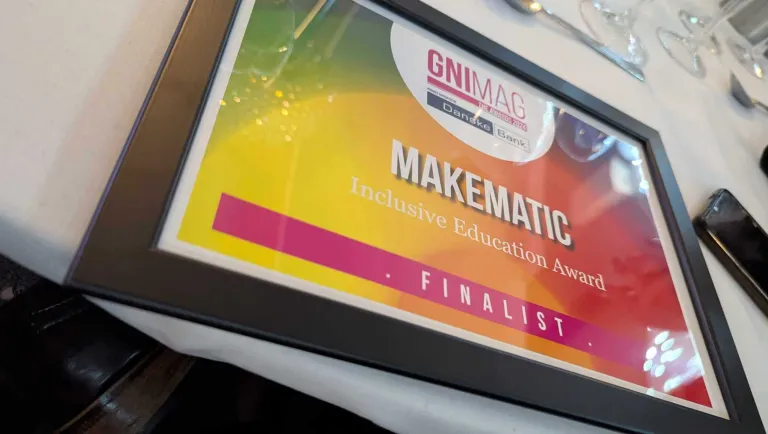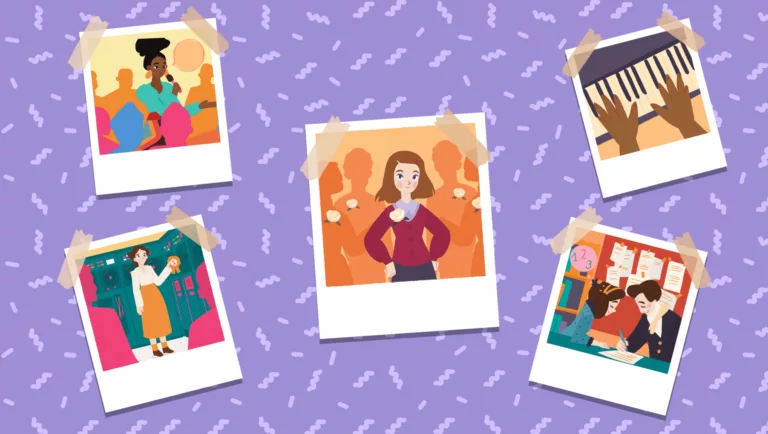
Future-proofing Your Content Strategy For Success
Recent history is littered with the carcases of businesses active in the content sector who failed to see the future in time. As a result, they were unable to change the direction that was needed and thus no longer able to trade. Everyone is familiar with the Blockbuster Video Story, but others include Borders, Tower Records, HMV and of course Kodak.
After 2000, the networked economy grew in strength and size and consumers came online by the billion. New upstarts appeared with no legacy business models, systems or processes. They were able to quickly adapt to a new digital consumer.
Older established businesses were in some cases arrogant disbelieving of the fact that the consumer marketplace was rapidly changing. Whilst content was king, the delivery method and format and of that very same content also began to rapidly evolve. And so the legacy businesses, facing huge investment needs in order to catch-up, simply fell away by the roadside. They were guilty of not future-proofing their products and services and did not have the necessary vision to see that networked economy means a consumer-driven economy, where the consumer is free to choose the time, the place and the format for their content consumption as well the price.
Fast forward a decade and in just about every sector of the educational technology and content sector, there is widespread disruption. The educational publishing sector is currently wrestling with start-ups such as Twinkl, Mrs Wordsmith, Teacherly, Sparx and others, who still small, are rapidly growing. Strategies that are service orientated using content, and who are taking revenues and customers from those who have traditionally been providers of educational content.
So, what does future-proofing mean and what does it entail? Taking a definition straight from the Macmillan English Dictionary, (coincidentally a business who were fast to future-proof) it is
to design something in a way that makes it unlikely to need replacing in the future by something new and more effective.
Futureproofing will provide some defence against these new businesses. Excitingly, in the online environment, educators and businesses involved in education can now target all learners with a fully personalised approach to learning. Human beings process information most efficiently in different ways – some people are stronger visually, some aurally and others kinaesthetically.
Up until now, those who were visually and aurally centred learners were always at a disadvantage. Textbooks were, in some cases, are still used for 90% of learning.
A future-proofing strategy in the educational content sector could ensure a greater balance of the types of learning media that are being produced and delivered to the learner. As I’ve highlighted in previous blogs, video and audio have become as equally important as text in the online environment to consumers of any type of media. Future-proofing recognises the figures published by Youtube and Cisco that tell us a billion hours (and growing) of video is watched today and every day. By 2020 at any point in the day, 1 million minutes of video will be crossing the internet in any given second. By 2022, consumer video will make up around 82% of all internet traffic.
A strong multimedia content strategy, with a focus on a large increase in the short-form video, is essential to guarantee the future attention of current consumers. If you don’t do it, then somebody else will.


